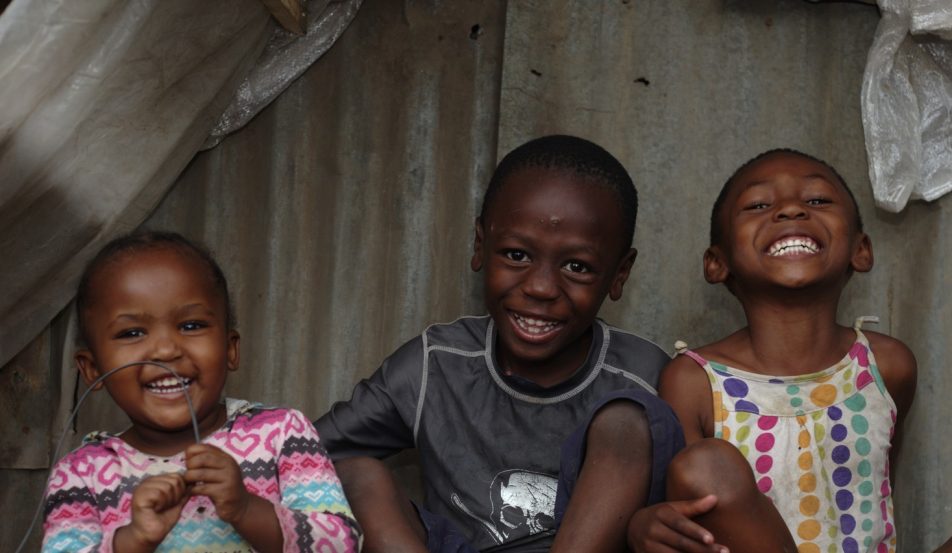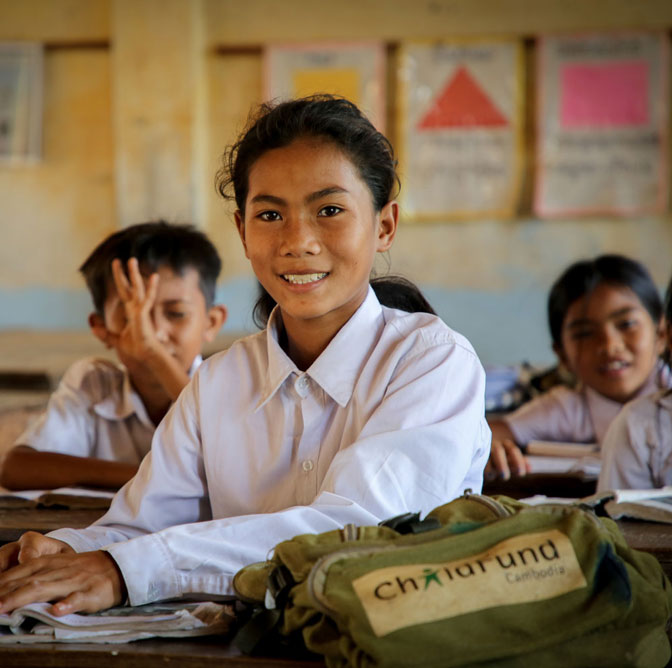Why child poverty exists – and how we can overcome it
Recently I wrote about the training we did in Papua New Guinea to build children’s participation in projects supported by ChildFund. So why is child participation important? To answer this question, we first need to look at why child poverty exists.
Broadly, child poverty exists (in PNG, Australia, everywhere) because people lack assets – human, financial, natural and social assets. By that we mean they do not have access to healthcare, education, financial resources, productive land and clean water. And many times they live in places that have lost a sense of community and mutual support, which is what we mean by “social” assets.
But this is not the whole story. There are three further underlying causes, important causes – because history, and ChildFund’s own research, has shown that simply building assets around poor people does not provide enduring escapes from poverty. ChildFund demonstrated this in 2003 when we carried out an in-depth study of this issue across five very different countries.
In our globalised, warming world, in which risks from climate change, violent conflict, child trafficking, sex tourism and so forth are growing rapidly, protection has become a significant focus for many international organisations, including ChildFund. We see child protection as fundamental for overcoming poverty in the long run, in part because risks – to children’s health, safety, environment, opportunities – are growing so quickly.
The third cause of child poverty that we have identified is that power imbalances continue across the world. This relative lack of power is seen within families (related to gender, disability, etc.), within communities (related to ethnicity, caste, class, gender, disability, etc.) and between nations (some countries have less power than others in today’s world order). This unjust situation perpetuates poverty in many dimensions. More on that in another blog!
Finally, poor people, and poor children, also experience poverty as voicelessness, and an inability to change the world in ways which are meaningful to them. And this brings me back to the question of why child participation is important. The training we carried out in PNG was about ensuring ChildFund staff are equipped to help poor children and youth raise their voices, and influence the projects that are taking place around them, their projects. Their participation is not only their basic human right, but the key to ensuring these projects are effective and empowering – providing them with a genuine opportunity to break free from poverty.
Building assets for children is important, but eliminating the causes of poverty, and addressing the reasons why child poverty is passed from generation to generation, calls us to work more broadly, on systemic roots.






